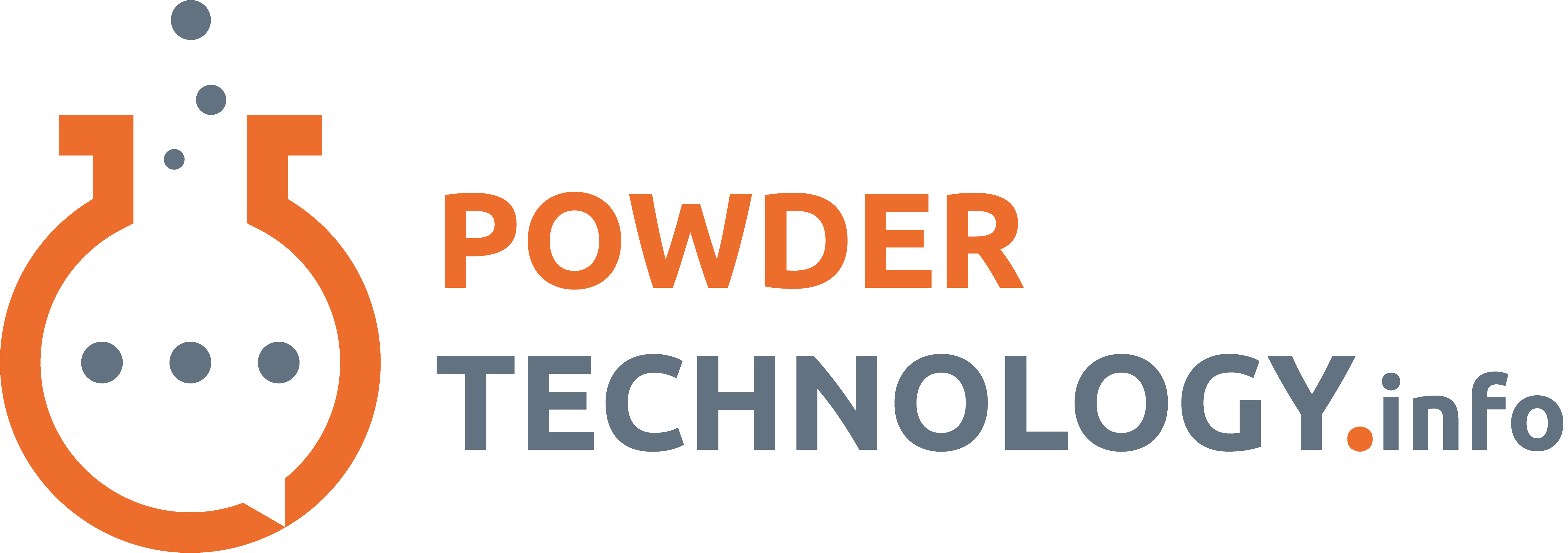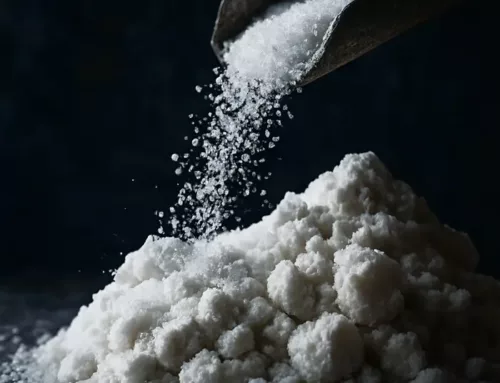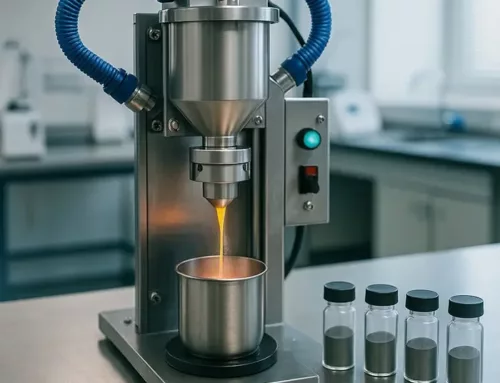Table of Contents

On October the 17th, Delft Solids Solutions will organize in close collaboration with DSM / TU Delft, Granutools, Brookfield-Ametek, Anton Paar and Dinnissen Process Technology the Powder (Non-) Flow Day 2017 covering powder flow from different perspectives. The Powder (Non-) Flow Day 2017 will offer lectures from experts in the field. The afternoon will consist of an interactive workshop, where the topics discussed can be put into practice. If you want to review the program for the day please read here.
We had the distinct pleasure to sit down with the co-founder and director of Delft Solids Solutions Johan Groen, lead researcher, board member of the Dutch Zeolite Association and host of the Powder (Non-) Flow Day 2017, to tell us more about the ins and outs as to what to expect on this seminar day.
Q: Could you tell us a bit about your background?
I studied chemistry at Delft University of Technology and have worked in particle and process technology for over 15 years. I focused on adsorption on porous materials and spent four years on a PhD program related to zeolite catalyst development. My work involved engineering new types of porous materials for more efficient catalysis. Many universities and industries still work on this technology today. Particles and powders have been at the core of my career.
In 2008, my former colleague Louk Peffer and I decided to make our expertise available to companies outside the university, which led to the creation of Delft Solids Solutions. Since then, we’ve expanded our knowledge from particle size and porosity assessment to the fascinating field of powder behavior.
Q: How does your expertise tie into the subject of powder flow?
Powder flow (and non-flow) depends greatly on primary properties like particle size, shape, density, and the interaction between particles and the environment. With the tools we now have, we can study these properties in detail and correlate them with flow behavior. We conduct experiments in our laboratory to better understand how these factors influence powder flow.
Q: What will be discussed at the Powder (Non-) Flow Day 2017?
We’ll cover various aspects of powder flow. For example, we will discuss flow in hoppers and the design of these systems. We’ll also explore the relationship between particle properties, environmental conditions, and powder flow. Simple experimental techniques for studying powder flow in non-consolidated conditions will be demonstrated. Additionally, a new technique based on rheology (viscosimetry) will be shown. We’ll also discuss hardware tools to prevent or overcome installation flow problems.
Q: What kind of measurement techniques can be used to measure powder properties and which aspects are most relevant to powder flow?
Particle size and shape are key factors in powder flow, but we must also consider environmental and process conditions. For example, if a powder is highly compacted, this could indicate flow problems. Many people overlook environmental factors, such as humidity. While you can’t change the weather, you can modify the product or adjust its properties to make it more stable.
Q: What are the main factors affecting powder flow that are often overlooked?
Factors like pressure on the powder bed, temperature, time, and especially humidity are crucial. The relationship between temperature and humidity is often neglected. For instance, low humidity at higher temperatures can still lead to significant problems because the absolute water vapor pressure can be quite high. A product that flows easily into a hopper or big-bag might cause issues when it’s time to unload, leading to problems like bridge formation in hoppers or caking in big-bags.
Q: Can you tell us more about the phenomenon of caking?
Caking can happen when a certain force is applied to a powder, leading to plastic deformation of the particles. This causes mechanical interlocking between them. Alternatively, chemical caking can occur when liquid bridges form between particles during consolidation, which can lead to recrystallization, partial dissolution, or phase transitions, depending on the conditions.
Q: What can be done to prevent caking from happening?
Preventing caking requires a deep understanding of the product’s properties and the mechanisms behind caking. Since this varies by product, you really need to investigate each case experimentally to find the right solution.
Q: Who would you say the Powder (Non-) Flow Day 2017 is for?
It’s for anyone working with particle synthesis and powder preparation, including technicians, analysts, and formulation scientists. Operators and technicians in production plants will also benefit, as they can learn how to detect issues early and prevent problems from occurring.
Q: What can someone take away from the Powder (Non-) Flow Day 2017?
Everyone involved with powders will gain new insights. Attendees will learn about techniques to assess powder flow properties and gain a better understanding of the variables—both product-related and environmental—that can affect and change powder flow characteristics.







